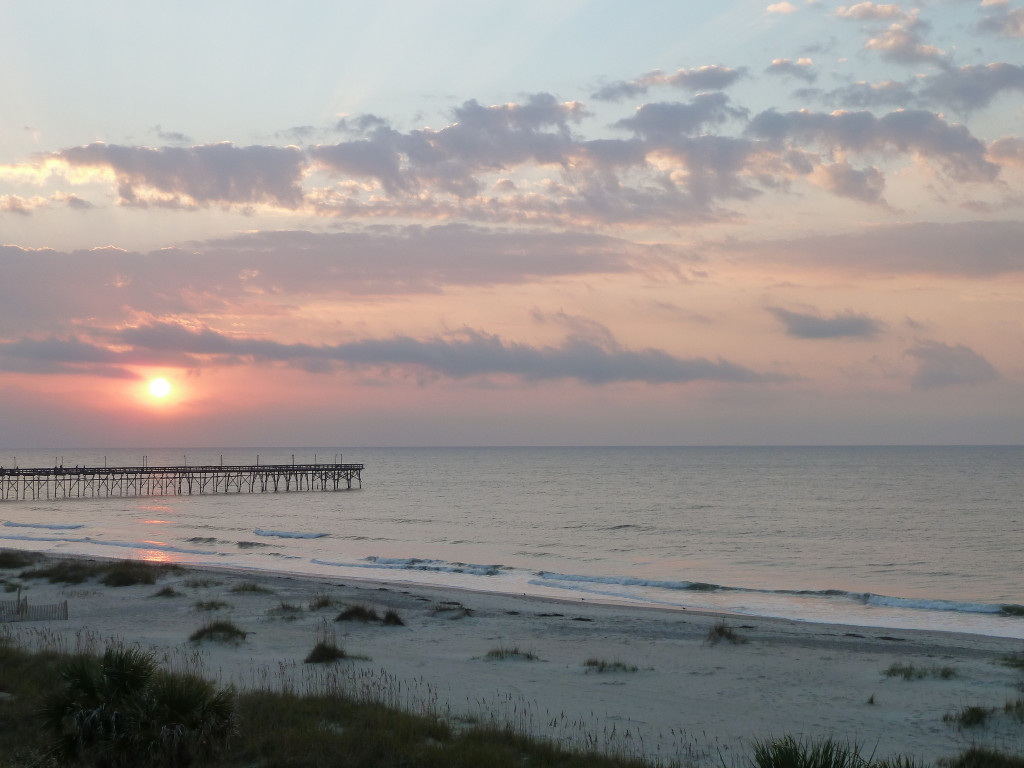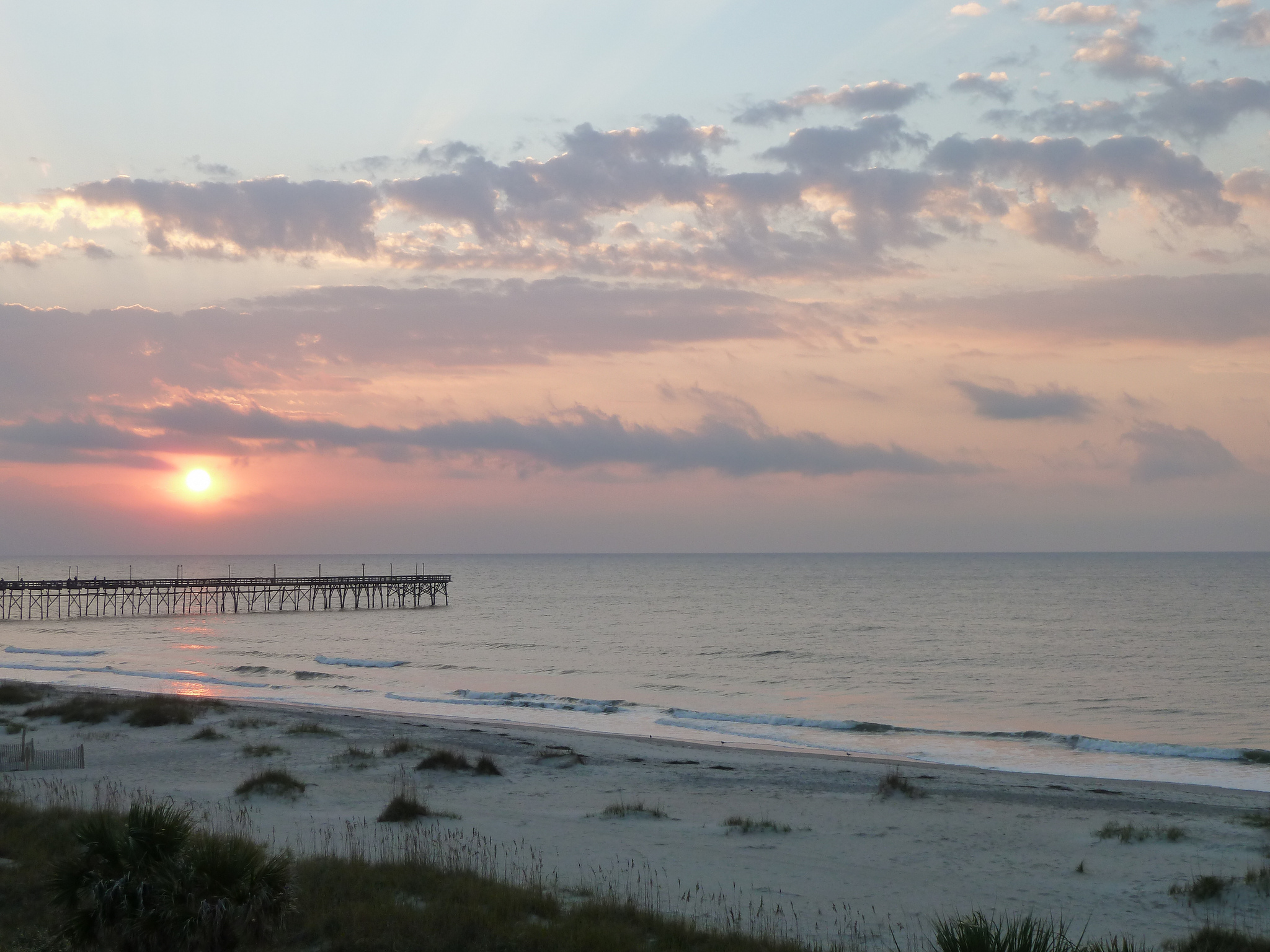
Several years ago, North Carolina’s legislature voted to ignore sea level rise when setting rules for coastal development. Here is the science that conservationists hope will influence future decision-making.
Three factors contribute to rising seas: more water in the oceans, expansion of existing water, and changes in the height of coastal lands. All of these factors are a reality on the coast of North Carolina.
More water is entering the oceans due to the melting of the ice packs in Antarctica and Greenland, which are carefully measured by NASA’s GRACE satellite. Sea level is also rising because the oceans’ waters are getting warmer, as measured by the U.S. Navy during the past 50 years. Finally, land height along North Carolina’s coast is falling as a result of coastal subsidence, which results from ongoing adjustments of the Earth’s crust to the last glaciation.
A new Nature paper reports that in recent decades the rate of sea level rise has more than doubled – from an historic rate of about an inch every 20 years to some 2½ inches in the same time frame. This acceleration has been measured using tide gauges in harbors around the world, and is confirmed by the TOPEX-Poseidon satellite, which records changes in the height of the sea globally.
This means that those living on North Carolina’s coasts can expect sea level to rise at least 15 inches by the end of this century. This will be exacerbated by hurricanes and other storms, a cost that we will all bear in the form of disaster relief and infrastructure repairs.
**********
–This segment was adapted from an essay by Dr. William H. Schlesinger. You can read the original piece on his blog Citizen Scientist here.
.
Web Links
Photo, posted October 28, 2011, courtesy of Alana Sise via Flickr.
.
Earth Wise is a production of WAMC Northeast Public Radio, with script contribution from the Cary Institute of Ecosystem Studies.
